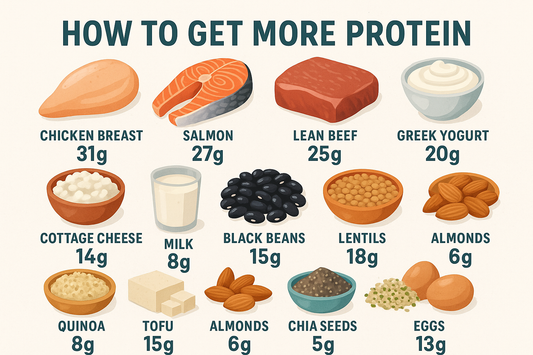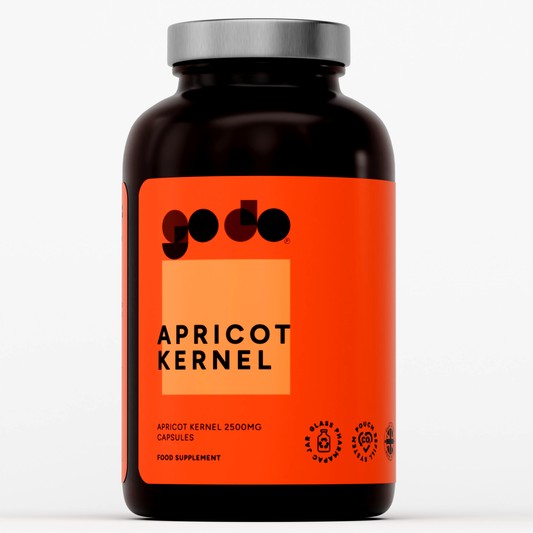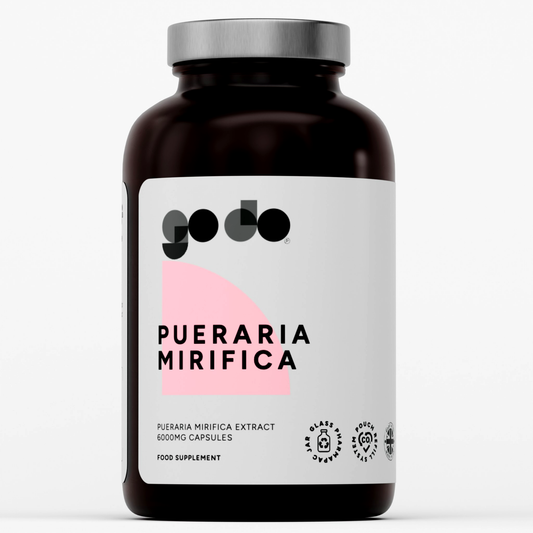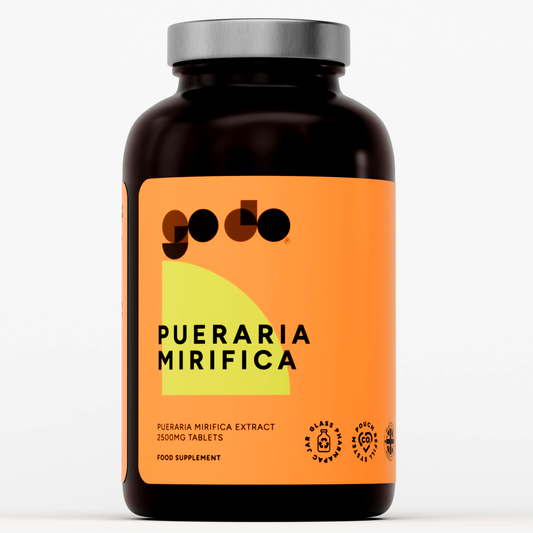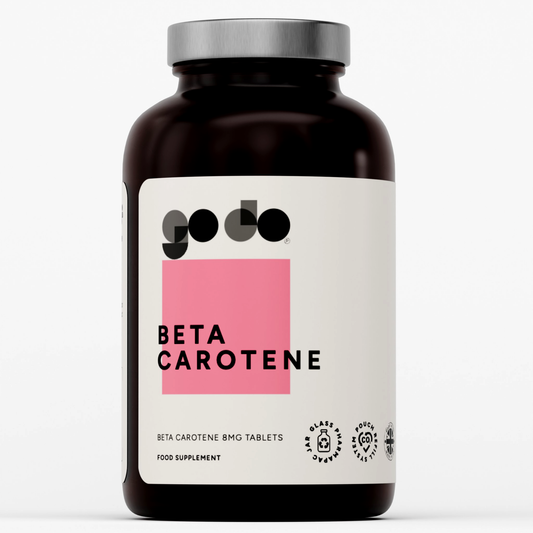
Building muscle in your thighs and legs is a great way to improve your athletic performance and metabolism, and helps you to stay injury-free. This lean muscle mass will help your body burn more calories when you rest, and gives you more strength for activities such as sprinting and cycling. Even using weights in your training program will help prevent diseases and increase bone density. Read on to find out how to build muscle:
Lift weights
Doing this will tear your muscle fibres, which will make your body rebuild them quickly to make them stronger. Exercises such as squats, deadlifts and lunges will increase your leg muscles, including the quads and calves. Train the muscles in your lower body up to three times a week, taking a day to rest in between so your body can repair itself. You will soon start to see a difference.
Avoid alcohol
You must cut alcohol out of your diet when building leg muscle, as this hinders muscle growth. Your body uses antioxidants to absorb alcohol, which it would otherwise use for recovery after training. Drinking stops you rebuilding muscle fibres, so you need to limit your daily intake to two drinks for men and one for women.
Warm Up
Spending 20 minutes on the treadmill or exercise bike does not count as warming up. Cardiovascular warm ups do not prepare you for intensive training. Spend the first ten minutes of your session doing movement-based stretching, and then work your thighs to prepare for deadlifting.
Eat properly
You need to eat more calories than you will burn off. Try adding up to 60g protein, 80g carbohydrates and 10g fat at mealtimes. Reduce your fat storage levels by eating large portions both at breakfast and after training, when you need to restore the nutrients you’ve lost. You will start to gain one pound of weight every week when you add 500 calories to your diet.
Sleep
This helps muscles to rebuild and repair themselves, and is one of the most essential factors in increasing leg muscle. During your sleep cycle, growth hormones work overtime. When you don’t get enough sleep, less hormones are produced which makes it harder to build leg muscle tissue. Your glucose metabolism will also drop and you’ll store more fat as a result. Aim to get a minimum of eight hours of sleep to regenerate leg muscle.
Bibliography:
Cole. W and B. Paidoussi, ‘5 KEYS TO BIGGER LEGS’, www.muscleandfitness.com, November 2015.
Lee. J, ‘5 Ways to Gain Leg Muscle’, livehealthy.chron.com, January 2017.



